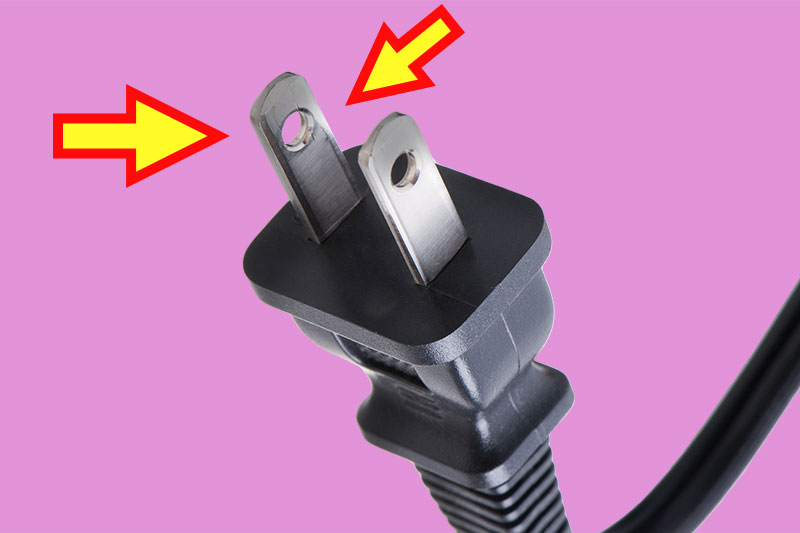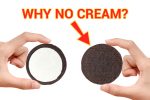
Have you ever wondered why electric plugs have holes on the sides? It’s a common design feature that you may have seen on many different types of plugs, but have you ever stopped to consider its purpose? In this article, we’ll explore the reason why electric plugs have holes and what purpose they serve.
Protection against electrical shock
One of the main reasons why electric plugs have holes is to provide protection against electrical shock. The holes, also known as ventilation or air holes, allow air to circulate around the plug and help prevent it from overheating. Overheating can cause the plug to become dangerous and potentially start a fire, so the ventilation holes help to prevent this.
Fuse protection
Another important reason why electric plugs have holes is to provide protection against electrical surges. Most electric plugs have a fuse inside that can be replaced if it blows. The ventilation holes allow the fuse to cool down and prevent it from becoming a fire hazard.
Improved safety
The ventilation holes also serve to improve safety by providing a way for hot air and gases to escape. This reduces the risk of fire and prevents the plug from becoming too hot to touch, which can be a hazard in itself.
Improved functionality
Finally, the ventilation holes can also improve the functionality of the plug by helping to dissipate heat. This helps to prolong the lifespan of the plug and improve its performance.
In conclusion, electric plugs have holes for a variety of reasons, including protection against electrical shock, fuse protection, improved safety, and improved functionality. Whether you’re a DIY enthusiast or simply curious about the purpose of these holes, it’s important to understand their role in the functioning of electric plugs.



